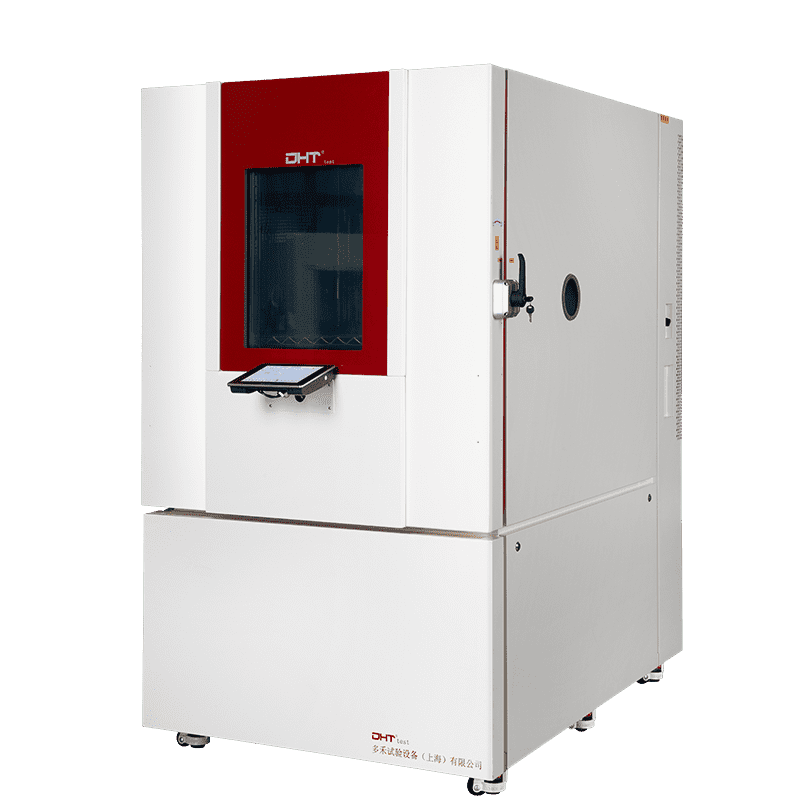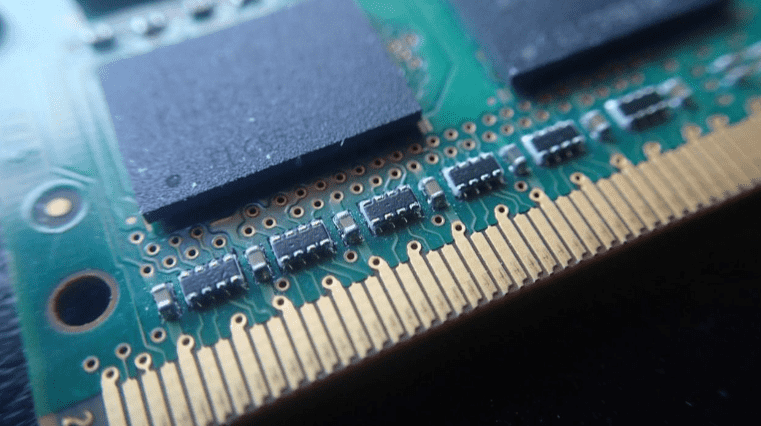Written by Shirley
Product Manager, Doaho Test (DHT®)
In the realm of electronic manufacturing quality assurance, environmental test chambers play a pivotal role in validating product reliability under extreme thermal conditions. According to IPC-9701A, over 63% of electronic failures stem from thermomechanical stress, and over 90% of potential defects can be identified through precise temperature and humidity cycling tests. This case study spotlights how the DHT-250 high and low temperature test chamber, developed by DHT®, helps a leading automotive electronics company overcome the technical challenges of reliability verification for high-precision components.
1.Customer Profile: Navigating Rigorous Quality Requirements
The client is China’s first electronic component manufacturer certified under ISO 26262 ASIL D, specializing in ADAS control modules and in-vehicle ECUs, with R&D investment intensity 1.3 times the industry average. Their products must meet a series of stringent standards:
– AEC-Q100 Grade 0: 2000 thermal shock cycles from -40°C to +150°C
– IEC 60068-2-14: Structural stability under ≥10°C/min temperature ramp
– MIL-STD-810G Method 503.5: Ion migration control during humidity cycling
2.Challenge Diagnosis: Limitations of Legacy Equipment
The customer’s previous environmental chambers revealed three key issues:
– Insufficient Ramp Rate: Maximum 2°C/min, unable to simulate rapid thermal changes (e.g., EV cold starts in winter)
– Inconsistent Temperature Uniformity: Chamber variation of ±2.5°C caused >15% data scatter in BGA solder fatigue tests
– Poor Equipment Reliability: Compressor shut down due to overheating after 72 hours of continuous use; recovery required over 24 hours
3.DHT®Solution: Redefining the Climatic Chamber Architecture
To address these challenges, DHT® customized and delivered the DHT-250 environmental test chamber, incorporating three innovative modules:
Dual-Stage Cascade Refrigeration System:
– Operating range from -70°C to +150°C, expandable up to +180°C for automotive-grade chip burn-in
– Features Danfoss scroll compressors and Emerson condensing units; MTBF extended to 12,000 hours
Dynamic Airflow Optimization:
– CFD-optimized multi-directional laminar flow design: Achieves temperature uniformity of ±0.5°C (IEC 60068-3-5 Class 2 compliant)
– Heating rate: 4°C/min; Cooling rate: 2°C/min — doubling efficiency vs. conventional systems
Intelligent Control System:
– 7-inch full-color touchscreen + PLC controller: Supports remote monitoring, program editing, and data export for seamless user experience
4.Quantified Impact: Real-World Testing Improvements:
– 40% Reduction in Test Time: ECU batch validation cycle shortened from 14 days to 8.3 days
– Improved Data Consistency: Better thermal uniformity led to reduced variance and fewer retests
– Zero Downtime Performance: Chamber operated 1,500 hours continuously under high-stress load with <0.3% performance degradation in core components
5.Client Testimonial
“DHT®’s high and low temperature test chamber didn’t just resolve our bottlenecks—it elevated our reliability testing to a new level. We look forward to continued collaboration on future projects.”
— Head of Testing, Customer R&D Department
6. Why DHT®: A Deep-Tech Leader in Environmental Testing
– Decades of Expertise: 25 years of focus in environmental chamber R&D, trusted by 500+ leading enterprise clients
– Advanced Customization: Flexible configuration of temperature range, chamber volume, and control systems to meet specific needs
– Full Lifecycle Support: One-on-one professional service from selection to post-sale support
7. Conclusion: Precision Testing as the Backbone of Electronics Reliability
In advanced industries like smart vehicles and 5G communications, quality assurance test chambers have become a critical line of defense for product reliability. Through continuous technological innovation, DHT® enables its clients to drive down defect rates to parts-per-billion (PPB) levels.
Need help selecting the right test chamber or scheduling a demo? Contact the DHT® technical team for professional consultation and tailored solutions.


